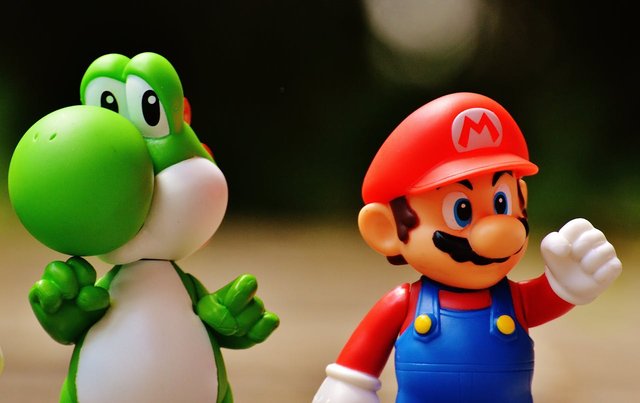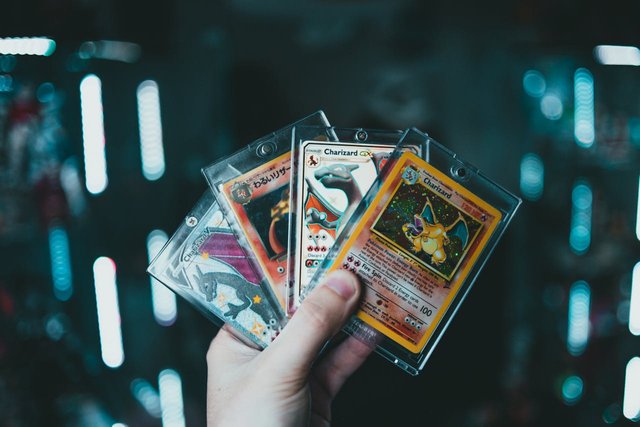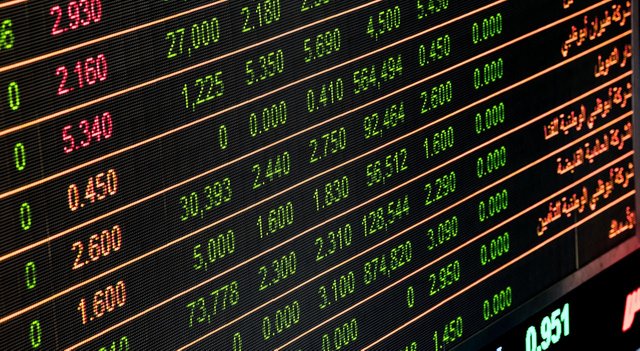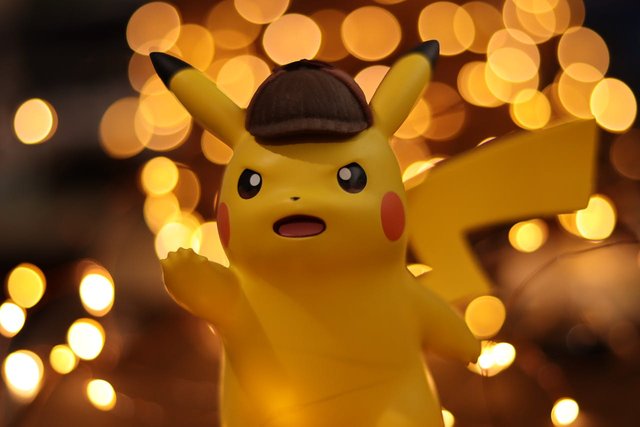From Nostalgia to Wealth: Why Collecting Toys as an Adult is a Smart Financial Move
Who says toys are for kids only?
If you’ve ever found yourself perusing the internet for toys you loved as a child, you’re not alone.
Between trading cards, model kits, plush collectibles, and more, old favorites are making big comebacks. But collecting toys as an adult isn’t just about nostalgia; it can also be a smart, long-term financial move that doubles as a hobby.
Whether it’s a mint-condition figure from your favorite anime or a set of unopened cards, your collection might be worth more than you think!
1. The Hidden Value of Nostalgia
That 'have-to-have-it' mentality we had as kids when a special toy was in our sights carries over to adulthood; it just presents itself differently.
Often, the nostalgia that prompts adults to seek out their favorite childhood toys is precisely what fuels their value and drives buyer interest–people will pay more for items that tap into their fondest young memories.
Nostalgia markets are also both predictable and enduring; they often age like fine wines.
2. Collectibles Can Appreciate Over Time
Much like vintage clothing, art, or records, toys often gain value with age.
Certain toy/collectible sets have limited runs that can enhance overall value, provided the condition meets standards, making them excellent investments.
Mint condition toys or cards from the 80s or 90s can be worth hundreds, or even thousands, today.
If you’ve still got any storage bins that contain childhood collections, they may be worth revisiting for hidden gems. You could be sitting on something special.
3. You’re Investing in Pop Culture History
Countless toys and collectibles have spawned from iconic series like Star Wars, Pokémon, and Sailor Moon over the years.
Items tied to specific cultural moments become timeless.
Jabba’s Sail Barge from Star Wars, for instance, regularly sells for $2,000-$3,000, depending on manufacturer year and overall condition.
Certain Death Star vintage models also tend to be worth thousands or more on platforms like eBay, and Pokemon cards can range anywhere from a few cents to a few million dollars (the Pikachu Illustrator card sold for over five million in 2021).
4. The Built-In Rarity of Japanese Imports
Acquiring authentic toys imported from Japan can be a tall task.
Collectors typically value these imports over domestic versions of the same toys, resulting in a competitive market with high demand that makes them difficult to secure.
Genuine anime figures imported from Japan, for example, are often unavailable in the U.S.
As of 2020, U.S. annual imports of toys, dolls, and games from Japan were on the rise again. A trend that began in 2016 after a steady decline from 2005.
5. Smarter Money Habits as a Bonus
Becoming a dedicated toy collector can teach or sharpen several skills, such as value tracking, market comparison, condition evaluation, and more.
Collecting toys requires many of the same skills you’ll need for investing.
Strategic thinking, patience, and dedicated market research are all critical components of maintaining valuable collections.
Some collectors create entire businesses or side hustles over time.
6. Display Now, Profit Later
Unlike traditional investments like stocks or mutual funds, toy collections are physical objects that can be displayed or used as decor.
Plastic model kits are excellent additions to bookshelves; they can also be placed in display cases to preserve their condition and add character to any living space.
Many collectors cash out several years later during fan revivals or special events.
Pairing this passion with patience can result in some serious profit. And if you grow attached to any specific model or toy, you can always hang onto it and keep it in your collection.
7. Collecting Toys Has Never Been Easier
Starting a collection doesn’t require breaking the bank or possessing vast knowledge of collector items. A few good starter ideas include trading cards, small plush toys, or figurines.
You can also find affordable model train sets from reputable sellers to build a foundation.
Here are some additional tips for starting a collection:
- Decide on a niche
- Focus on quality and durability over quantity
- Don’t spend more than you can afford to lose
- Store/display your toys properly to prevent damage from sunlight or humidity
- Do basic research
Most collectors will suggest delving into a niche that interests you and setting out to collect toys for enjoyment rather than profit. Avoid purchasing toys you won’t want if they can’t be sold.
Turn Your Past Into Profits
Collecting toys as an adult can be a perfect way to relive the good old days while building something meaningful and potentially profitable.
You might be able to start a collection without spending a dime. Many people have collectibles stored away that carry significant value without even knowing it.
If you’re starting from scratch, consider starting with childhood favorites or hobbies.
The right mix of passion and strategy can be incredibly rewarding. Buy what you love, learn as you go, and always purchase from trusted sellers.
Your future self might just thank you.



